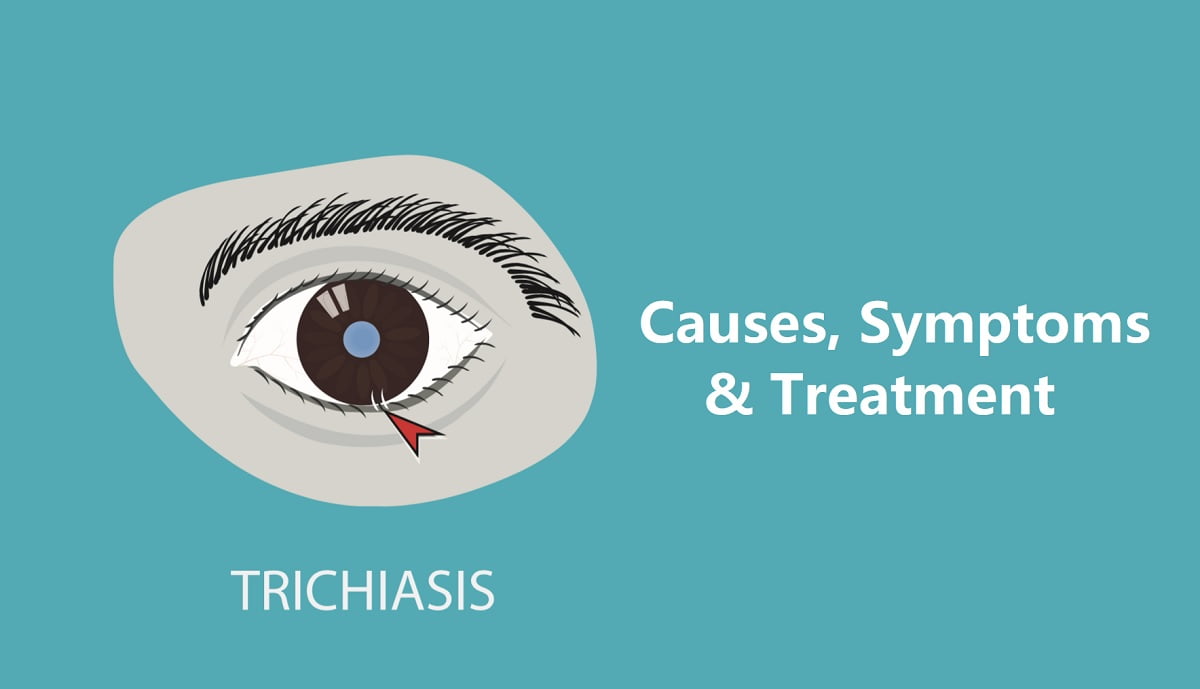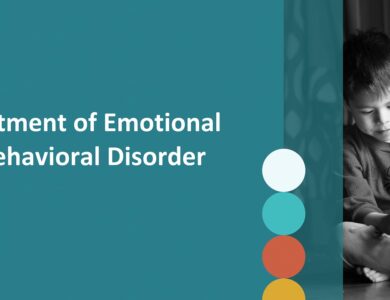
Trichiasis, also known as ingrown eyelashes, is a common eyelid condition where the eyelashes grow inward toward the eye instead of outward. The condition can be irritating or even painful as the misdirected eyelashes rub against the sensitive tissue of the eye. Without treatment, trichiasis can lead to damage to the cornea and impair vision. Thankfully, there are several effective treatment options available to correct trichiasis and stop eyelash misdirection.
What Causes Trichiasis?
Several potential causes of trichiasis lead to the abnormal growth of eyelashes:
Infection and Inflammation
Infections and inflammation of the eyelid can alter the anatomy of the eyelid margin. Scarring from chronic blepharitis or styes may distort the eyelid and cause the eyelash follicles to turn inward.
Aging
As we age, the eyelid skin loses elasticity and droops. This can cause the eyelid margin to roll inward, leading to trichiasis.
Mechanical Eyelid Damage
Injuries, surgeries, or other trauma to the eyelid may cause scarring and deformities that misdirect eyelash growth. For example, people who have had eyelid surgery or reconstruction may develop trichiasis as a complication.
Inherited Conditions
Some people are born with genetic conditions that affect the structure of the eyelids. For example, distichiasis causes extra rows of eyelashes that grow abnormally. Entropion, when the eyelid margin turns inward, can also lead to trichiasis.
Autoimmune and Skin Disorders
Diseases like ocular rosacea, atopic dermatitis, and cicatricial pemphigoid can trigger inflammation and scarring of the eyelid margins, resulting in inward-growing lashes.
Symptoms of Trichiasis
The main symptom of trichiasis is the sensation of having a foreign body in the eye. Other signs and symptoms may include:
- Irritation or pain in the eye
- Excessive tearing
- Redness and inflammation of the conjunctiva
- Recurrent corneal abrasions (scratches on the surface of the eye)
- Photophobia (sensitivity to light)
- Blurred vision or impaired vision
- Blepharospasm (involuntary eye twitching or blinking)
The location and number of ingrown eyelashes can vary. One or two misdirected lashes may cause mild discomfort. More extensive trichiasis is more likely to damage the cornea and affect vision. Symptoms may come and go at first but tend to worsen without treatment.
Diagnosing Trichiasis
Trichiasis is typically diagnosed during a slit lamp eye exam. The ophthalmologist will examine the eyelids to look closely at the eyelid margins and eyelashes under high magnification. They will determine the number, location, and direction of any misdirected eyelashes.
The eye doctor will also check for signs of corneal damage from the ingrown lashes. Additional tests like corneal staining may be done to detect any abrasions. Underlying conditions like blepharitis or dry eyes may also be assessed. Treatment can then be tailored to the individual case.
Complications of Trichiasis
Left untreated, trichiasis can cause significant eye problems:
- Recurrent corneal erosion and abrasion: The inward-growing eyelashes constantly abrade the cornea. This can lead to persistent irritation, tearing, and corneal scarring.
- Corneal ulceration: More severe corneal damage can develop from prolonged abrasion and irritation by misdirected eyelashes. Infections may cause corneal ulcers.
- Corneal opacity: Long-standing corneal abrasions and inflammation can cause the cornea to become opaque, resulting in blurred or impaired vision.
- Vision loss: Permanent corneal scarring and opacity from chronic trichiasis can lead to vision impairment, especially if the central visual axis is affected.
That’s why it is important to seek prompt treatment for trichiasis before permanent corneal damage and vision loss develop. Ongoing follow-up is also crucial to detect any eyelash regrowth and treat recurrence.
Trichiasis (Ingrown Eyelash) Treatment Options
Various treatment options exist for correcting trichiasis. The ophthalmologist will recommend the most appropriate approach based on the severity and underlying cause:
Epilation
For minor trichiasis with only a few misdirected eyelashes, the eye doctor may tweeze out the problem eyelashes. This provides temporary relief but often the lashes regrow and need repeat epilation. It may be an option for some older adults given the risks of surgery.
Cryotherapy
Some ophthalmologists use cryotherapy (extreme cold) to treat trichiasis. Liquid nitrogen or another freezing agent is applied to the lash follicles to stop the ingrown lashes from regrowing. Repeat treatments are usually needed as follicles may reactivate over time.
Electrolysis
Using fine electric currents to permanently destroy the follicle, electrolysis provides longer-lasting removal of misdirected eyelashes. However, it requires repeat treatments to address every problem lash and has risks of scarring and depigmentation.
Surgery
For more extensive, recurrent, or entropion-related trichiasis, surgery is often the definitive treatment. Various plastic surgery techniques can reposition the eyelid margin and rotate outward the eyelash-bearing tissue to correct the aberrant lash direction.
Common surgical options include:
- Tarsal rotation procedures: The eyelid margin is repositioned by various suture techniques. This rotates the point where the eyelashes emerge, directing them away from the eye.
- Lid splitting with margin repositioning: The eyelid is split, and internal margin tissues rotated outward before being sutured back together. This also helps reorient the eyelash direction.
- Lid margin excision: Excising a segment of the distorted eyelid margin and closing the wound helps straighten the lid.
The type of surgery depends on the particular anatomical changes causing trichiasis in that individual. In many cases, surgery can permanently correct trichiasis with proper postoperative care and eyelid hygiene.
Trichiasis Post-Treatment Care
Proper postoperative care after epilation, cryotherapy, electrolysis, or surgery helps optimize results:
- Antibiotic ointment and eye drops: Preventing infection promotes proper eyelid healing after procedures.
- Cold compresses: Applying cool compresses helps reduce inflammation and discomfort.
- Avoid eye rubbing: Rubbing the eyes can displace eyelashes and undo corrections.
- Proper eyelid hygiene: Keeping eyelid margins clean helps reduce scarring and prevent recurrences.
- Eyelid massage: Gentle eyelid massage in the shower helps loosen crusts and direct eyelash growth outward.
- Follow-up exams: Seeing your ophthalmologist regularly can catch any eyelash regrowth early for prompt retreatment.
With diligent post-procedure care and follow-up, most people achieve successful, long-lasting reversal of trichiasis. This prevents further eye damage and preserves vision.
FAQs About Trichiasis:
What’s the difference between trichiasis and entropion?
Trichiasis refers specifically to misdirected, inward-growing eyelashes. Entropion is when the entire eyelid margin turns inward, which usually leads to trichiasis as the eyelashes now grow toward the eye. The two conditions often occur together.
Can trichiasis recur after treatment?
Yes, recurrence is common without proper follow-up care. Eyelashes can regrow after epilation, cryotherapy, or electrolysis. With lid surgery, scarring may gradually revert lid position over time. Annual eye exams help detect recurrence early.
Does trichiasis cause hair loss?
The condition itself doesn’t cause hair loss. However, chronic irritation, inflammation, and rubbing of the eyelids against the eyeball can damage follicles. Permanent eyelash loss can occur if the lid problems persist untreated.
How do you sleep with trichiasis?
Sleeping face up with a protective eye covering or shield can help prevent eyelash irritation overnight. Avoid rubbing your eyes in the morning. Gently flushing with clean water or saline helps remove crusty debris.
When should someone with trichiasis see a doctor?
See an ophthalmologist promptly if eyelashes grow toward the eye or cause any pain, redness, tearing, or light sensitivity. Early treatment helps prevent corneal damage from trichiasis. Alert your eye doctor to any vision changes.
Can children get trichiasis?
Yes, congenital trichiasis may be present at birth. Distichiasis and entropion can also cause trichiasis in children. Inflammation from blepharitis or chalazion is another potential cause. Pediatric trichiasis requires specialist care to avoid vision development issues.
Is trichiasis contagious?
No, trichiasis itself is not contagious. It is due to anatomical deformities or damage to the eyelid and eyelashes. However, some underlying infections like viral conjunctivitis that may contribute to trichiasis can spread between people.
What professions are at risk for trichiasis?
Prolonged UV light exposure increases eyelid skin laxity and entropion risk. Professions with high sun exposure such as lifeguards, construction workers, landscapers, and farmers have higher trichiasis likelihood. Protective eyewear helps reduce risk.
Can you pluck ingrown eyelashes?
It’s best not to pluck problem lashes yourself. See an ophthalmologist for proper epilation technique to minimize further lash misdirection and corneal injury. Sterile forceps and eye medications help reduce the risks.
Conclusion:
Trichiasis, or inward-growing eyelashes, is a common eyelid condition that can significantly impact eye health and vision. Caused by infection, inflammation, aging, eyelid damage, or inherited conditions, trichiasis requires prompt medical attention to correct eyelash direction and stop corneal injury. Available treatments like epilation, cryotherapy, electrolysis, and various plastic surgery techniques can successfully realign the eyelid anatomy and eyelash position. With proper follow-up care and annual eye exams, most patients achieve good long-term results and reversal of trichiasis. Catching any recurrence early prevents further eyelid distortion and blindness. Following ophthalmologist recommendations helps safeguard your vision from trichiasis complications.
Mustafa Al Mahmud is a passionate medical writer and health enthusiast. He is excited to share his knowledge and make reliable health information more accessible through Quick Medico. Mustafa aims to write about common diseases, medications, wellness topics, and the latest health research in easy-to-understand language. He believes clear and accurate health communication empowers readers to take charge of their well-being. In his free time, Mustafa enjoys hiking, cooking, and spending time with his family.



